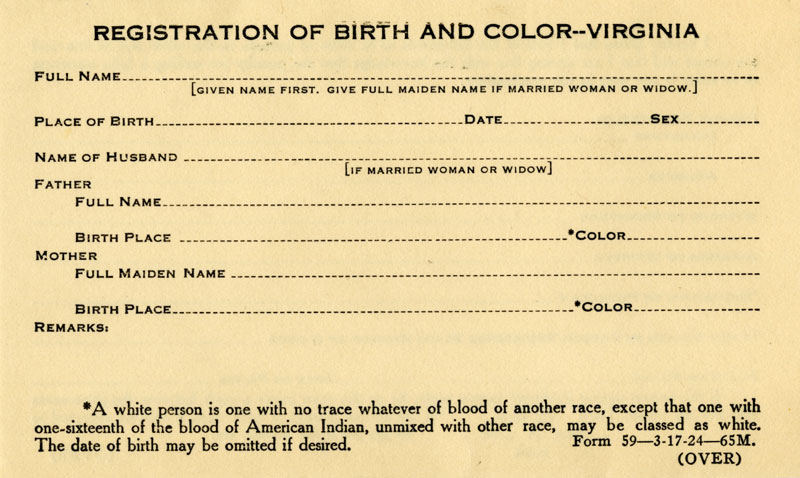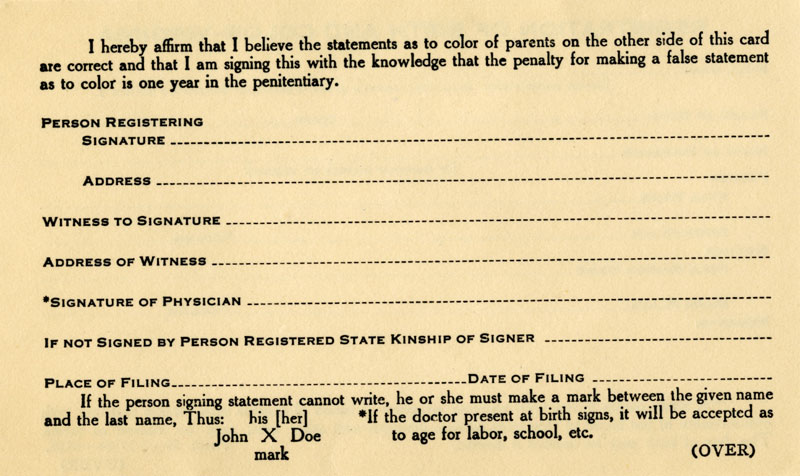2012 Person of the Year: Barack Obama, the President
Time Magazine
2012-12-19
Michael Scherer

Photograph by Nadav Kander
Twenty-seven years after driving from New York City to Chicago in a $2,000 Honda Civic for a job that probably wouldn’t amount to much, Barack Obama, in better shape but with grayer hair, stood in the presidential suite on the top floor of the Fairmont Millennium Park hotel as flat screens announced his re-election as President of the United States. The networks called Ohio earlier than predicted, so his aides had to hightail it down the hall to join his family and friends. They encountered a room of high fives and fist pumps, hugs and relief.
The final days of any campaign can alter the psyches of even the most experienced political pros. At some point, there is nothing to do but wait. Members of Obama’s team responded in the only rational way available to them — by acting irrationally. They turned neckties into magic charms and facial hair into a talisman and compulsively repeated past behaviors so as not to jinx what seemed to be working. In Boca Raton, Fla., before the last debate, they dispatched advance staff to find a greasy-spoon diner because they had eaten at a similar joint before the second debate, on New York’s Long Island. They sent senior strategist David Axelrod a photograph of the tie he had to find to wear on election night: the same one he wore in 2008. Several staffers on Air Force One stopped shaving, like big-league hitters in the playoffs. Even the President succumbed, playing basketball on Election Day at the same court he played on before winning in 2008.
But now it was done, and reason had returned. Ever since the campaign computers started raising the odds of victory from near even to something like surefire, Obama had been thinking a lot about what it meant to win without the lightning-in-a-bottle quality of that first national campaign. The Obama effect was not ephemeral anymore, no longer reducible to what had once been mocked as “that hopey-changey stuff.” It could be measured — in wars stopped and started; industries saved, restructured or reregulated; tax cuts extended; debt levels inflated; terrorists killed; the health-insurance system reimagined; and gay service members who could walk in uniform with their partners. It could be seen in the new faces who waited hours to vote and in the new ways campaigns are run. America debated and decided this year: history would not record Obama’s presidency as a fluke…
…Two years ago, Republicans liked to say that the only hard thing Obama ever did right was beating Hillary Clinton in the primary, and in electoral terms, there was some truth to that. In 2012 the GOP hoped to cast him as an inspiring guy who was not up to the job. But now we know the difference between the wish and the thing, the hype and the man in the office. He stands somewhat shorter, having won 4 million fewer votes and two fewer states than in 2008. But his 5 million-vote margin of victory out of 129 million ballots cast shocked experts in both parties, and it probably would have been higher had so much of New York and New Jersey not stayed home after Hurricane Sandy. He won many of the toughest battlegrounds walking away: Virginia by 4 points, Colorado by 5 and the lily white states of Iowa and New Hampshire by 6. He untied Ohio’s knotty heartland politics, picked the Republican lock on Florida Cubans and won Paul Ryan’s hometown of Janesville, Wis. (Those last two data points especially caught the President’s interest.) He will take the oath on Jan. 20 as the first Democrat in more than 75 years to get a majority of the popular vote twice. Only five other Presidents have done that in all of U.S. history.
There are many reasons for this, but the biggest by far are the nation’s changing demographics and Obama’s unique ability to capitalize on them. When his name is on the ballot, the next America — a younger, more diverse America — turns out at the polls. In 2008, blacks voted at the same rate as whites for the first time in history, and Latinos broke turnout records. The early numbers suggest that both groups did it again in 2012, even in nonbattleground states, where the Obama forces were far less organized. When minorities vote, that means young people do too, because the next America is far more diverse than the last. And when all that happens, Obama wins. He got 71% of Latinos, 93% of blacks, 73% of Asians and 60% of those under 30.
That last number is the one Obama revels in most. When he talks about the campaign, he likes to think about the generational shift the country is going through on topics like gay marriage — an issue on which he lagged, only to reverse himself last spring. He connects it to the optimism he felt as a young man, the same thing he always talks about with staff in the limo or on the plane after visits with campaign volunteers. “The arc of the moral universe is long, but it bends toward justice,” reads one of the quotes stitched into his new Oval Office rug — an old abolitionist cry that Martin Luther King Jr. repurposed while marching on Selma, Ala. Obama believes in that, and he believes he is more than just a bit player in the transition. “I do think that my eight years as President, reflecting those values and giving voice to those values, help to validate or solidify that transformation,” he says, “and I think that’s a good thing for the country.”…

Photograph by Nadav Kander
…In an age of lost authority, Obama had managed to maintain his. In group after group, the voters told the researchers they believed the President was honest, lived an admirable personal life and was trying to do the right thing. “Here’s what I heard for 18 months,” Simas says. “‘I trust his values. I think he walked into the worst situation of any President in 50 years. And you know what? I am disappointed that things haven’t turned around.’ But there was always that feeling of ‘I am willing to give this guy a second shot.’”
In different rooms, behind different one-way mirrors, Republicans made the same discovery. “There was almost nothing that would stick to this guy, because they just liked him personally,” Katie Packer Gage, Romney’s deputy campaign manager, said after the election. Most of those who had voted for Obama in 2008 were still proud of that vote and did not see the President as partisan or ideological. When Republicans channeled their party’s many furies, attacking Obama as an extremist, it backfired among swing-state voters. “The kind of traditional negative campaign that the Obama campaign did was not available to our side,” explained Steven Law, who oversaw more than $100 million in anti-Obama advertising for American Crossroads and Crossroads GPS…
Read the entire article here.
Note from Steven F. Riley: President-Elect Barack Obama was Time’s Person of the Year for 2008.







